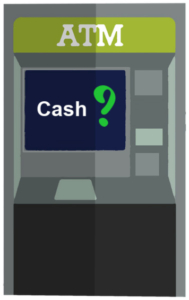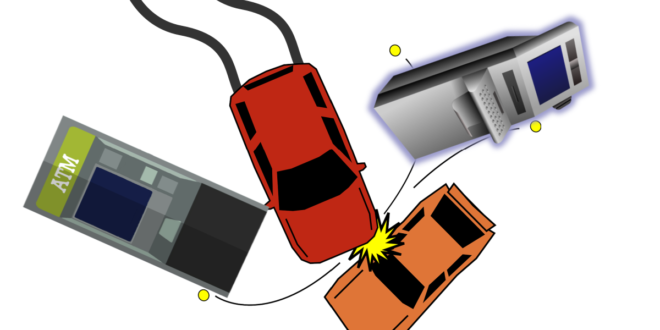By Jeff Domansky, Nov 9, 2020
It’s no secret payments and shopping habits have changed around the world as a result of the global pandemic.
Recent data from Lithuanian and UK cross-border payments provider Wallter.com shows three unmistakable payments trends in response to the COVID-19 crisis:

- significant growth in e-commerce and a steep rise in digital payments
- a sharp decrease of ATM cash withdrawals in the UK by 46.7% in the first six months of 2020
- a noticeable decline in the number of ATMs in the EU and around the world.
The Wallter report notes “Digital payments, e-commerce, and on-demand economy platforms are the big winners of the pandemic. As an alternative to public transport, eating out, fetching groceries, going to the office, and living in crowded cities, those who could, opted for apps that offer ride-hailing, food delivery, ordering groceries online, freelancing, and finding a short-term rental on a lodging platform. Behind the scenes of all these e-commerce platforms are digital payments platforms that are being rapidly adopted by the late majority and even laggards.”
Digital payments rising
During the first half of 2020 when most nations were in the first wave of COVID-19 lockdowns, digital payment companies began to rapidly grow market share including leading payment companies such as PayPal, Venmo, Ayden, and Zelle.
In the second quarter of 2020, PayPal payment volume was $221.7 billion, a 29% year-on-year growth. In the same period, PayPal’s Venmo processed payment volume of US$37 bn, which means a52% year-on-year growth.
In the first half of 2020, payment facilitator Ayden processed volumes of $152.5 billion, +23% year-on-year growth. Similarly, Zelle processed volumes of US$133 billion, +21% compared to the previous two-quarters.
UK cash withdrawals plummeted

The value of ATM withdrawals in the UK during Q2, 2020 was $29,081 million compared to $54,562 million during the same period last year, a drop in value of 46.7%.
UK consumers and those in other countries, seem to have realized during the pandemic that cashless transactions and digital payments are simply easier, faster, and much more convenient overall.
As we’ve reported in June, Research by the Strawhecker Group and the Electronic Transactions Association found 27% of US small businesses had seen an increase in mobile payments like Apple Pay and Google Pay.
Number of EU ATMs dropped
Not even the pandemic could prevent the number of ATMs in Europe from falling by 11,461 in the first half of 2020 according to the European Association for Secure Transactions (EAST).
EAST estimates there are 378.750 ATMs in Europe, a 3% decrease from 2019. The number of ATMs in the EU in Germany at 59,475 followed by UK (53,775), France (51,324), Spain (50,500), Italy (43,960), Poland (22,970), Portugal (11,728), Romania (10,322), and Austria (8927).

The number of ATMs per 10,000 population also tells a story about cash usage across the EU ranging from Croatia (13.3), Portugal (11.5), Liechtenstein (11.0), Spain (10.8), Luxembourg (10) and Austria (10) to Denmark (3.8), Lithuania (3.4), Finland (3.0), Netherlands (2.9), Norway (2.8), and Sweden (2.5).
Overall numbers are declining in many countries and there are now 199,582 ATMs in Russia, 167,616 ATMs in Brazil, 105,478 ATMs in Indonesia, 70,000 ATMs in Canada, 54,825 ATMs in Mexico, 53,124 ATMs in Turkey, 34,116 ATMs in Ukraine, 29,776 ATMs in South Africa, and 2,954 ATMs in Serbia.
There’s no question cash still has a role to play it the pandemic has demonstrated digital payments using cards and mobile apps are the way of the future. It’s likely the death knell for the once-ubiquitous ATM on every corner as we now carry more payment capability and options on our smartphones.
You can read more of Wallter.com’s analysis here.








LET’S CONNECT